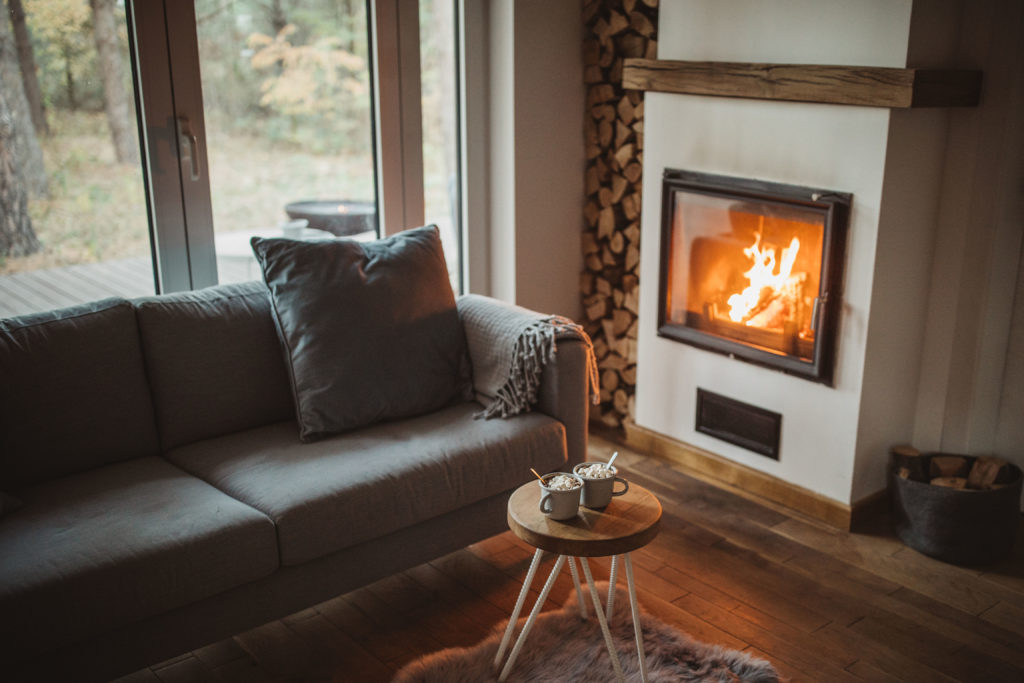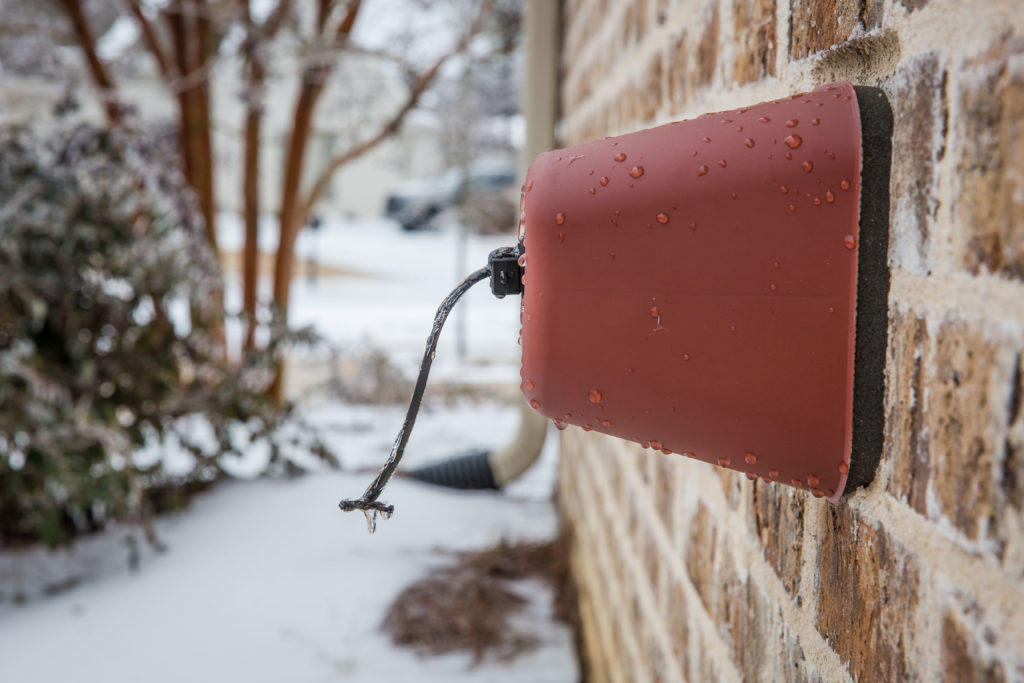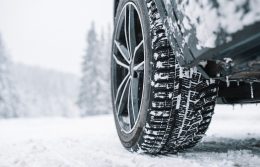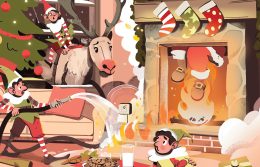The Texan’s Guide to Winterizing Your Home
Winter in Texas is no joke. Winter Storm Uri is still a fresh memory for many Texans. Ice, snow, and wind caused power outages and burst pipes throughout the state, which brought long-lasting damage. In the storm’s wake, more than 500,000 insurance claims were filed, and the estimated total loss hovered around $10.3 billion, according to a 2021 Texas Department of Insurance report.
Needless to say, staying safe during the inevitable next winter storm is important. Winterizing your home can help with that. Taking a little time to prep now could save you insurance-related headaches down the line. Plus, winterizing your home can help lower your energy bills.
We’ve rounded up the areas that need the most TLC before Old Man Winter arrives at your doorstep.

Inside Your Home
Windows and doors: These are the first places you’ll feel frigid air without proper preparation. Use weatherstripping or apply caulk around visible cracks and gaps to seal in warm air. Don’t wait to caulk: The best time to apply, or re-apply, caulk is when the outside temperature is above 45 degrees.
Fireplace and chimney: A cozy, crackling fireplace is the heart of a home during the cold winter months. Keep your home, and family, safe and warm with a few fireplace safety measures, such as keeping the chimney swept, cleaning ash from the bottom grate, and investing in an annual inspection and professional cleaning.
Water heater: Flush your home’s water heater or boiler system to get rid of particles and sediment buildup that can settle throughout warmer months.
Attic: A well-insulated attic helps keep your house warm and roof well-supported during bouts of ice, snow, and wind. Carefully inspecting this area of your home will also alert you to any critters living in the attic, ready to cause damage.
Space heaters: While cost-effective, space heaters can also pose a heating hazard if not properly managed. Create a safe place for them to sit throughout the winter, look for frayed wiring, and keep combustible items at least 3 feet away.

Outside Your Home
Roof: A buildup of snow, ice, or rain on your roof can lead to leaks, damaged roofing material, and mold or mildew creeping into your attic. Take time to remove any debris, such as leaves and limbs, and inspect your roof’s shingles, replacing any missing or impaired ones.
Gutters: Make a point to clean your gutters, as blocked drains can cause water puddles and ice dams. If left unattended, this can cause portions of your roof to rot at a faster pace. Also, gutter-bound standing water is a breeding ground for mold and algae to seep into your home’s interior walls.
Garage: It may not seem like it, but your garage can be one of the most vulnerable areas in your house in winter due to limited insulation. Make sure any chemicals, such as household or pool cleaners, are properly stored.
Pipes: When water freezes, it expands, which can lead to burst pipes and water damage. Avoid this by adding insulation covers to pipes—especially exterior ones. Check for any blockages and broken or cracked pipes. Also use this time to disconnect water hoses and sprinklers, and store them for the winter season.
Pool and outdoor furniture: Admittedly, some Texas climates won’t call for winterizing your pool, but it’s a good idea to take a few steps to keep your summer focal point safe, as a solid freeze can damage expensive pool equipment. Tie down or store any outdoor furniture. This will keep it from causing damage should high winds blow through.
While you’re thinking about winterizing your home, go ahead and make plans to winterize your car, boat, and garden, too. This is also the prime time to go over your family’s emergency plan and to pack a winter driving essentials kit. Your Texas Farm Bureau Insurance Agent can answer any of your winter weather-related questions about your coverage.
Coverage and discounts are subject to qualifications and policy terms and may vary by situation. © 2022 Texas Farm Bureau Insurance



